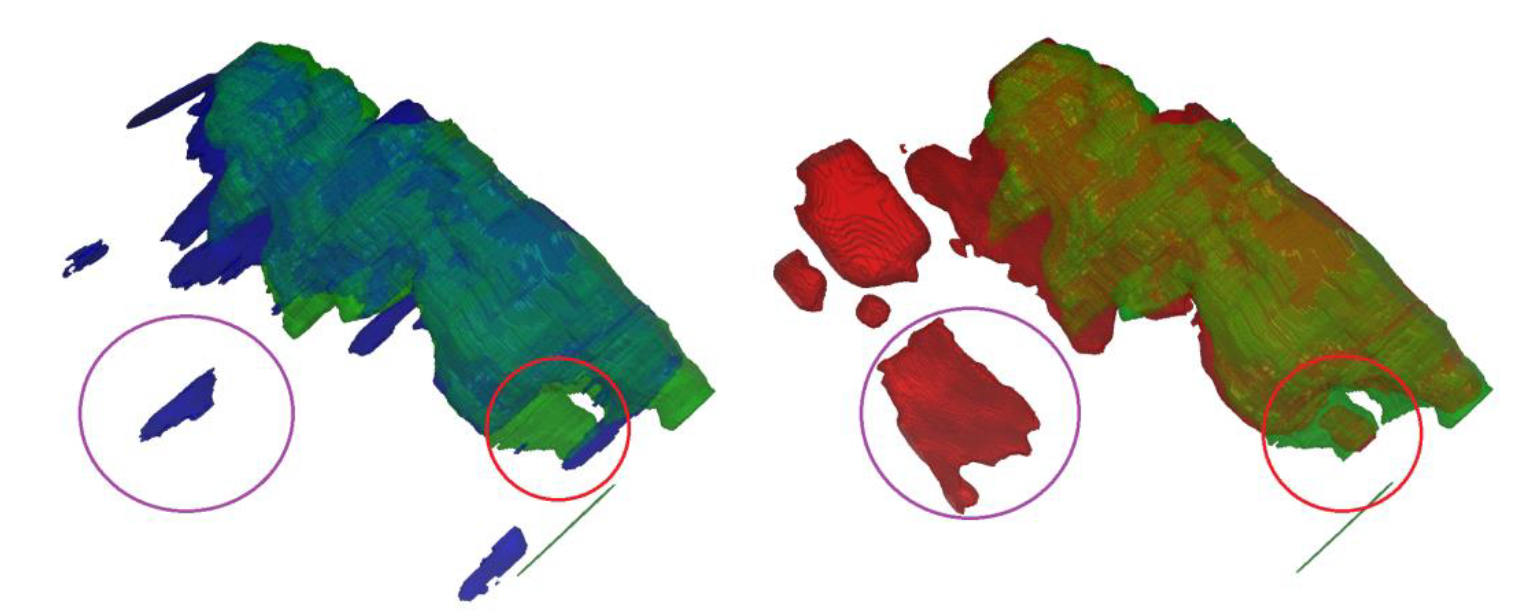CNN Based 2D Vs. 3D Segmentation of Bone in Ultrasound Images
Publication Info
- Authors
B. Hohlmann
P.Broessner
K. Radermacher - Publisher
EPiC Series in Health Sciences - Date
2022 - Link
https://doi.org/10.29007/qh4x - CNN 2D vs. 3D Segmentation
Abstract
Fully-automatic and reliable segmentation of bone surface in volumetric ultrasound images could enable the use of this imaging technique for a variety of tasks, including diagnosis of hip dysplasia, ACL injuries in the knee as well as patient-specific instrumentation and implants in total hip or knee arthroplasty. Interpretation of volumetric data is a hard task, even for humans. In this study, we investigate the benefit of using the spatial information of a third dimension on the task of segmentation of the distal femoral bone. A data set of 52 volumetric image with 12771 image slices is split into a training and test set. We employ 2D and 3D variants of the nnUNet architecture and compare the accuracy in terms of dice coefficient and performance in terms of inference time. Note that processing of 2D data allows for a bigger model due to less memory consumption. Both architectures achieve a Dice of about 82% while the 2D variant shows less false positive segmentation and achieves a surface distance error of 0.44mm, in contrast to 0.81mm for the 3D variant. At the same time, the former infers three times faster at about 10 seconds per volume image. Apparently, model size has a bigger positive effect than the additional spatial information. Thus, we recommend considering 2D segmentation architectures even for volumetric segmentation tasks.

